The Smart Furniture Side Show, Part 2
[The middle part of a talk I gave to the 2ad conference in April.
Part 1,
Part 3]
The Bed of Knowledge
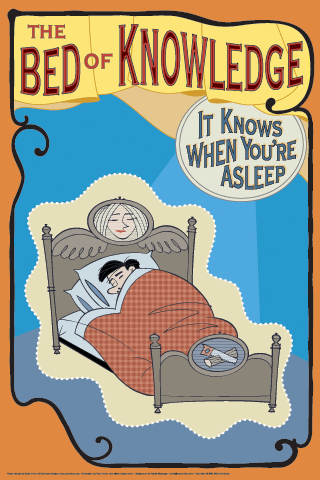
Now let's move on to a more intimate piece of furniture, the bed. Beds are tantalizing objects for introducing information technology into: they're very large, so you can put a lot of "kit" into them, they're hear electrical outlets, there's a limited number of things that we do in beds, and we spend 8 hours a day in 'em. So how do we introduce technology into them?
Let's attach a simple pressure sensor to the bed. It can be under the mattress, under the legs, attached to some springs in the box spring. Somewhere. Calibrating the sensor for when the bed is empty versus when someone's in it can give us a basic understanding of when someone's in the bed.
Say that we said that an hour after someone has gotten into the bed, they're asleep. This isn't going to be right 100% of the time for 100% of the people, but maybe it'll be right 80% of the time for 90% of the people. Now we can ask questions about this information.
The first thing we can do with the information is basic home automation, in the House of Tomorrow vein. For example: If I'm asleep and it's 4AM and I get out of bed, the running lights in the hallway that lead to the bathroom should probably light up. If I get up at 7AM, the coffee maker should go on.
That's the trivial condition. We can also ask more interesting questions: "what are my sleep patterns like?" "How much sleep AM I getting?" "When am I sleeping? When is my partner sleeping?" If you have sleep problems, you can track your sleep patterns, bring them to your doctor and ask "Is this normal?" With Bluetooth-enabled phones, we can also have it act on this information, not letting calls ring through unless it's my parents' number or that important client in Japan. Since I'm not going to be actively using my DSL at night, maybe my computer can start downloading the latest alternative rock CDs from my favorite BitTorrent tracker.
[I originally talked about smart beds last November, and this largely a rehash]
The Memory Cubicle
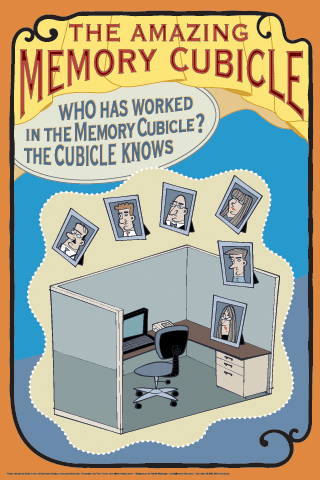
Let's go to the office. Most phones have Bluetooth built, so when you carry your phone, you're effectively broadcasting your identity, even if you aren't sharing any information. Imagine a Bluetooth-enabled cubicle (and cubicle walls already have a lot of wiring and are relatively expensive, so adding some extra tech may be only a marginal extension to what's already being made).
Let's again look at the trivial version: hoteling cubicles. With more employee movement, more outsourcing, more travel, cubicles are becoming more temporary and hoteling cubicles are becoming more popular. Imagine walking into a hoteling cubicle that recognizes who you are and forwards your office extension to the local number, brings your personal desktop on the computer and changes the smart picture frame to show your picture frames.
Now let's move to something interesting: Imagine walking into your cubicle and having your personal "shared files" directory appear in the special "shared files" directory on the machine in the cube. Say you walk to a coworker's cube. Your shared directory can be now available on their machine, but only for as long as you're in the cube. If you're all in a meeting, then all of your shared files can be available on the conference room computer.
Now let's go further. Other products, laptops also have Bluetooth. You can use the relationship between the laptop, the phone and the cube to identify activity. Are the laptop and mobile phone both in the cubicle? Then the person's probably working. Is the laptop there, but not the phone? They're probably at lunch. Are both the laptop and the cellphone gone? They're either at home or in a meeting. (and, yes, I'm ignoring the privacy considerations here)
[I elaborated my thoughts on Bluetooth phones and identity and this cubicle idea in June]
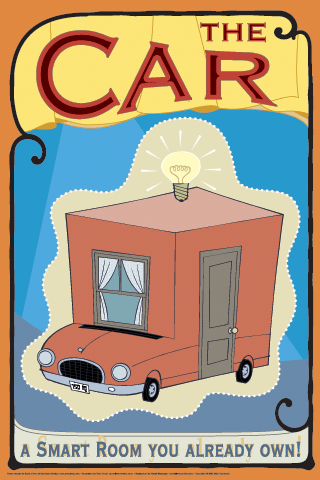



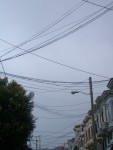



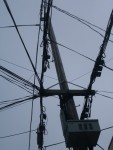




Recent Comments